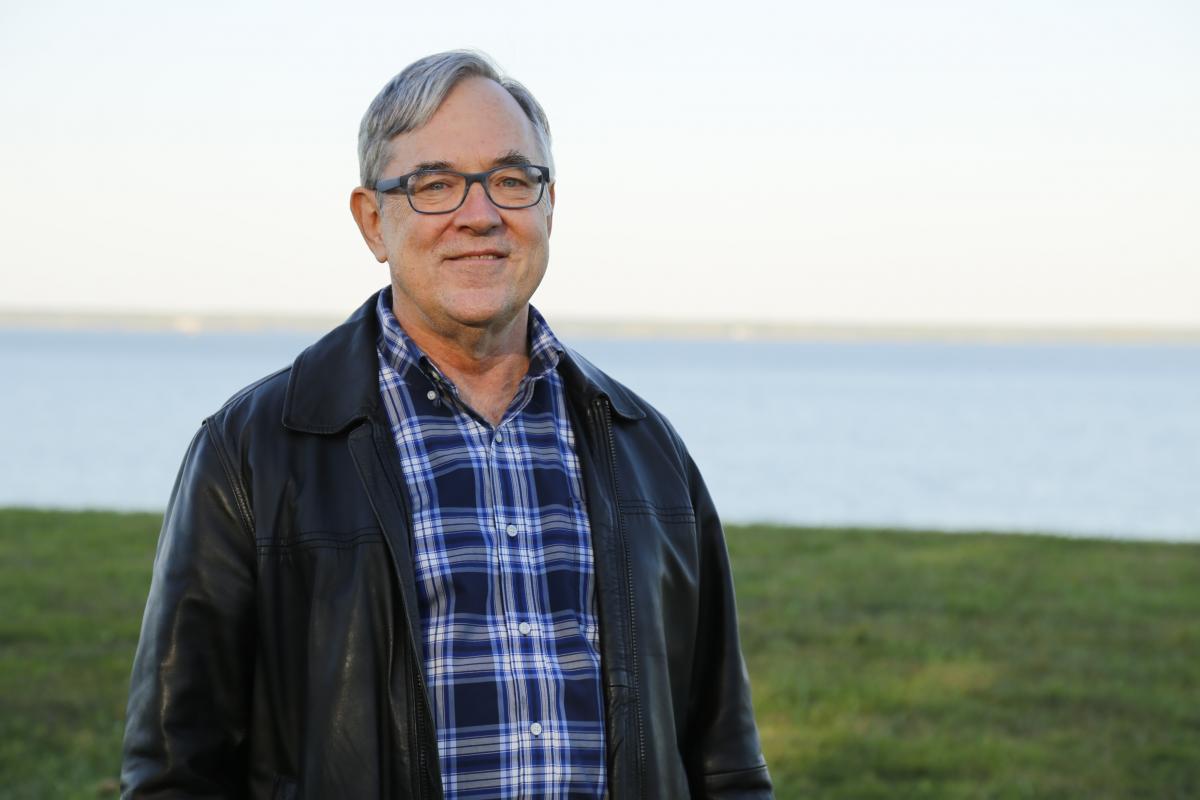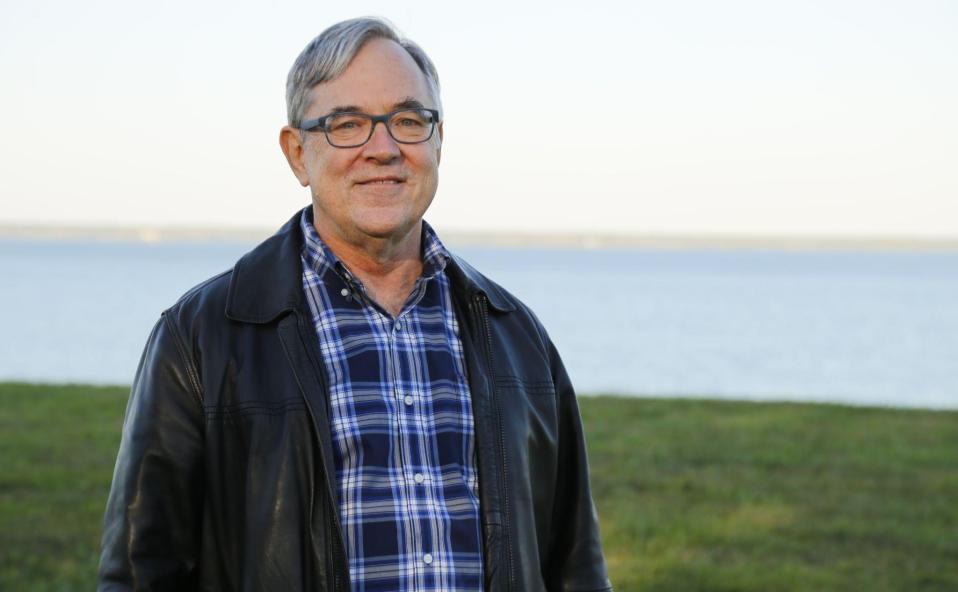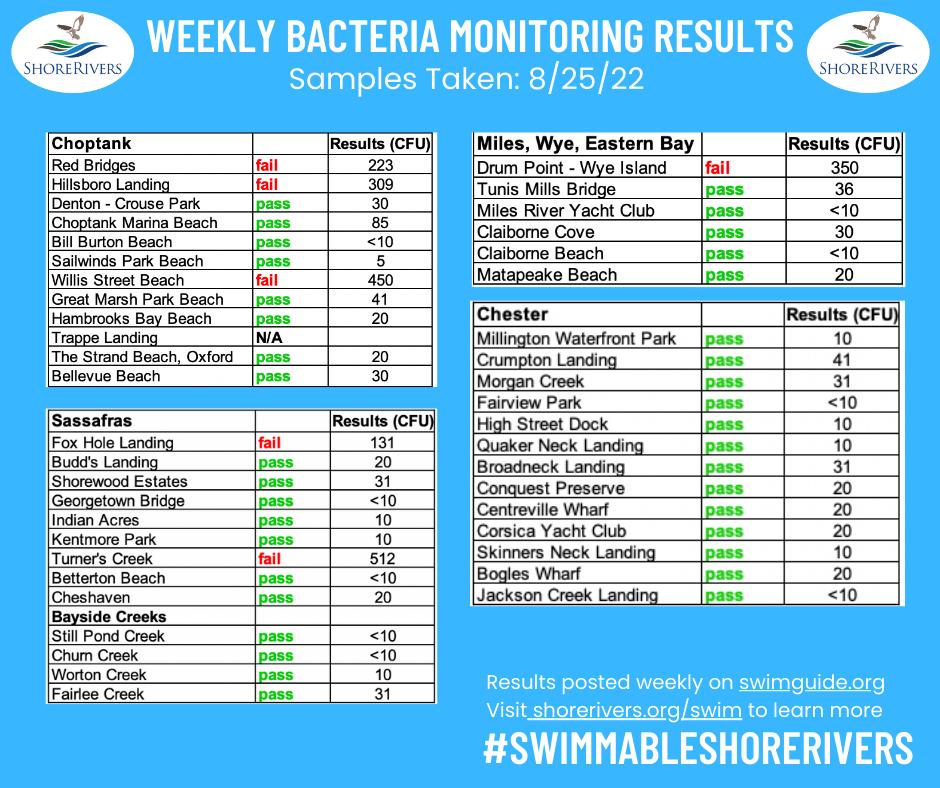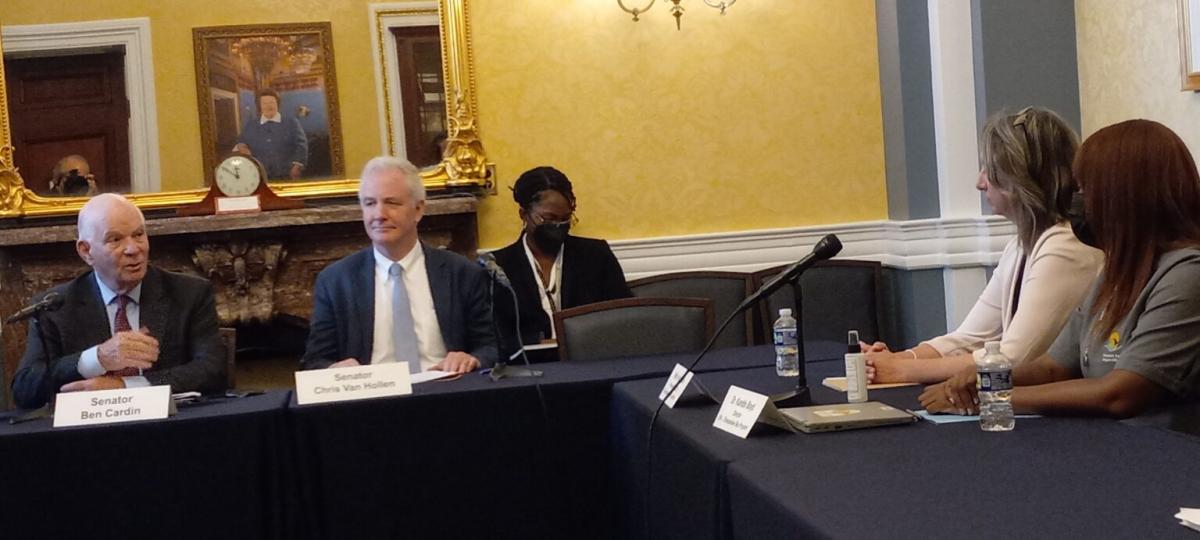Dr. Michael (Mike) Sieracki has been selected as the new director of the University of Maryland Center for Environmental Science’s (UMCES) Horn Point Laboratory in Cambridge, Maryland. A leading oceanographer, Sieracki takes the helm from longtime director Mike Roman, who is stepping down after 20 years to continue his ocean research as a faculty member. Sieracki will be officially joining UMCES on November 14.
“I am impressed by his technical expertise, mentoring experience, and deep commitment to issues of diversity, equity, and inclusion when he served in his leadership role at the National Science Foundation,” said University of Maryland Center for Environmental Science President Peter Goodwin. “He will be a wonderful director that will truly advance both Horn Point Laboratory and UMCES.”
Sieracki has been the lead program director for the biological oceanography program at the National Science Foundation since 2010. Previously, he was a senior research scientist at the Bigelow Laboratory for Ocean Sciences in Maine, where he served as acting director, directed the J. J. MacIsaac Flow Cytometry Facility, and studied microbial plankton ecology, including the phytoplankton spring bloom and harmful algal blooms.

Horn Point Laboratory Director Mike Sieracki (Photo courtesy University of Maryland Center for Environmental Science/Joao Coimbra)
He invented automated microscope systems for analyzing microplankton populations in the oceans and innovated single cell genomics methods for characterizing individual marine microbes. He has participated in over 25 research cruises with over 180 days at sea, including serving on the coordinator team of the Tara Oceans Expedition to map the biodiversity of plankton in the world’s oceans. He has taught courses around the world and has over 60 published scientific papers.
“I am really excited to get started as director at UMCES’ Horn Point Laboratory, which has excellent scientists and staff and a great reputation,” said incoming Horn Point Laboratory Director Mike Sieracki. “Their strong tradition of doing excellent education and research that informs policy and practice is needed now more than ever to tackle the great challenges now facing us from our local communities to global societies.”
Sieracki holds a Ph.D. in biological oceanography and an M.S. in Microbiology from the University of Rhode Island, and a B.A. in biological sciences from the University of Delaware.
With research programs spanning from the estuarine waters of the Chesapeake Bay to the open waters of the world’s oceans, UMCES is a national leader in applying environmental research and discovery to solve society’s most pressing environmental problems. At its Horn Point Laboratory, located on more than 800 acres on the banks of the Choptank River on Maryland’s Eastern Shore, scientists are widely respected for their interdisciplinary programs in oceanography, water quality, restoration of seagrasses, marshes and shellfish and for expertise in ecosystem modeling.
UNIVERSITY OF MARYLAND CENTER FOR ENVIRONMENTAL SCIENCE
The University of Maryland Center for Environmental Science (UMCES) is a leading research and educational institution working to understand and manage the world’s resources. From a network of laboratories spanning from the Appalachian Mountains to the Atlantic Ocean, UMCES scientists provide sound advice to help state and national leaders manage the environment and prepare future scientists to meet the global challenges of the 21st century






